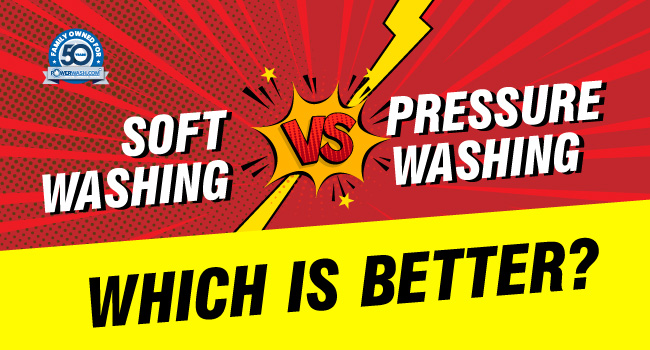You can’t bring your potential customers on a tour of all your past jobsites, but you can use photos to show off your work. It’s frustrating when another contractor tries to pass your photos off as their own work. It’s also illegal. Photos, graphics, logos, text and any other content on your site is intellectual property protected by copyright and/or trademark. Stealing Photos is a crime. To put it simply, if you created the content, it belongs to you, but if you found it somewhere, you need written permission to display it on your site.
It is impossible to prevent people from stealing photos from your website or social media accounts. My grandfather used to say, “A lock keeps an honest person honest, but it only slows a thief down.” Someone with loose morals will always be able to get your photos, but there are plenty of things you can do to slow them down.
One of the easiest things you can do is add a watermark copyright on each photo. It won’t stop website visitors from stealing photos, but it will send a message that you value them. A watermark does not need to cover the entire photo. One of the most effective watermarks that I have seen is a small line of text placed on the bottom of a before and after shot. The shots are placed together as one photos so that any cropping will look obvious. If you use WordPress, there are plugins that will automatically add a watermark to every photo on your site. The drawback to watermarks is that they can be obtrusive, and they are usually easy to crop out.
If you don’t want to add a copyright watermark to every photo, you can add a copyright message to the footer of your site. By law, everything on your site is copywritten when it is published, but a footer message lets people know that you mean business. You just need to add the copyright symbol and your company name.
If you want to go a step further to stop visitors from stealing photos, you can add a DMCA badge to your website. DMCA stands for Digital Millennium Copyright Act. DMCA.com is a website that offers a takedown service if you feel that your content has been stolen. They also have tools like photo watermarker, and website scanner to help you find copies of your content on the internet. DMCA.com is not a law firm. They work directly with hosting providers and ISPs to takedown copyright infringements. If you see your content on another site, simply contact the DMCA, and poof, it’s gone.
Another way to stop visitors from stealing photos is to use a right click blocker. This will prevent people from being able to right click on a photo to save it to their computer. WordPress has plugins for this as well. There are still ways to get around this, but it is probably the most effective way to slow people down.
Use Google Image Search, or Tin Eye to find images that belong to you. Simply upload a jpeg, or insert a url into the search field. All images that match your filename, or look similar will pop up in search results. This process can be tedious if you have dozens of photos on your site. It might not be worth your time unless you know that some of your content has been stolen. DMCA’s website scanner is faster, but it is not free.
If you discover that your content is stolen, the issue can usually be solved quickly and privately. Most business sites have a contact form. You can usually use the contact form to send a message to the company. Don’t forget to include a screenshot of the content that you want removed. Be kind, but firm. Include a deadline for when you expect the content to be removed, but never give an ultimatum. If this approach doesn’t work, try using a service like registry.com to learn who owns the website. You can usually get a name, address, and phone number. Try contacting the site owner through one of these channels until you get a response. If this approach fails, try DMCA.com. If you really want to go nuclear, try a lawyer, but always consider if your content is worth the time and expense.
If you are a new business owner, you may be wondering how to get photos the right way. Stock photo sites can help you get started, but the photos are a bit generic. You can wash your own property and take before and after pictures of the process. You could offer to wash friends and neighbors’ property at discounted rates if they agree to let you photograph. Take lots of close-up shots so that you can use multiple pictures from the same location. A few before and after shots will get your message across.
Publicly shaming someone, posting negative reviews about their business, or sending threatening messages is never a good idea. If you have stolen someone else’s photos, remember that these things can happen. Theft of intellectual property is a crime. You can be sued for stealing photos. Be professional. Make sure that everything on your website is your own unique content.










